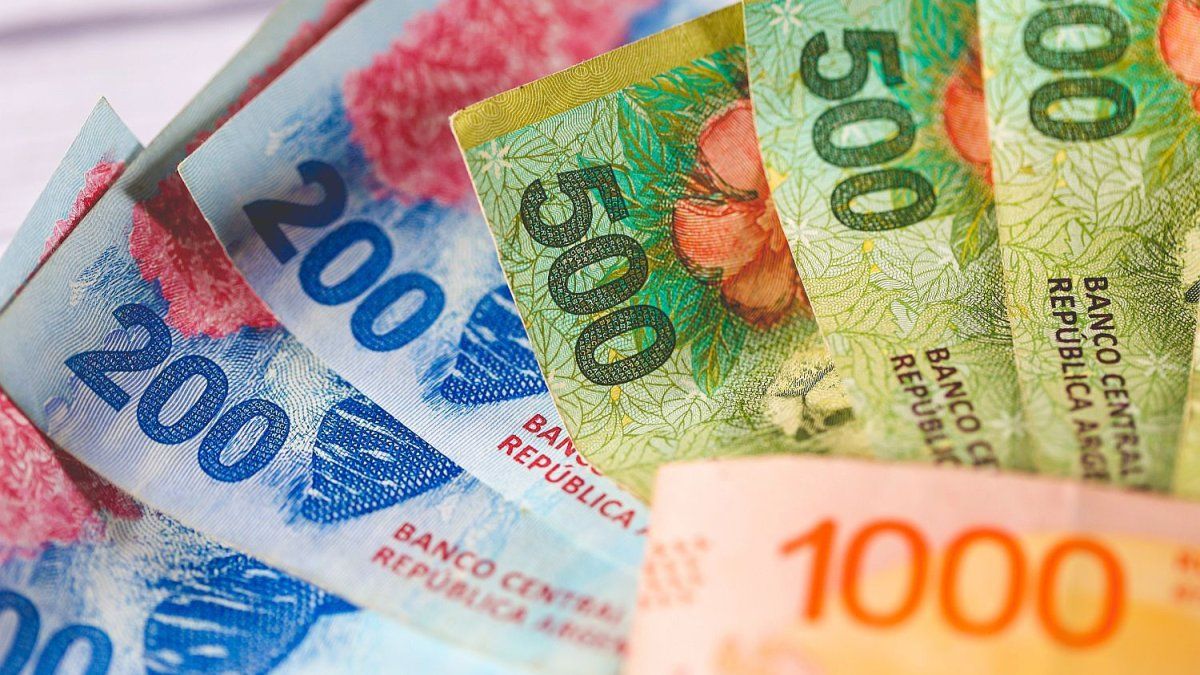the “Nutri Score” was developed in 2017 by the French health authority. Some EU countries – like Germany – have adopted the system. Food is evaluated for the interaction of the individual nutrients – there are some that have a positive (fiber, protein…) or negative (saturated fatty acids, high salt content…) effect. A high proportion of vegetables or fruit also has a positive effect.
Depending on composition of nutrients a food is rated good or bad on the front (“front-of-package labeling”) and identified – from the green A to the red E.
In Austria The “Nutri-Score” can be seen more and more often on packaging – but primarily from international producers, since there are still “no regulations for use in goods that were first placed on the Austrian market”, according to the Ministry of Social Affairs. This lack of a rule leads to ambiguity for companies with regard to the admissibility of use. Only the milk producer “nöm” from Lower Austria is the only purely domestic company to date that already prints the “Nutri-Score” on its products – but not on all of them.
“Austria supports a pan-European approach, i.e. the introduction of a mandatory front-of-pack nutrition labeling system at EU level. (…) The European Commission wants to present a proposal by the end of 2022,” the ministry said. And: “To create clarity for companies, but above all to better inform consumers in terms of health protection and protection against fraud In order to enable decisions, it would be conceivable – should no timely solution emerge at EU level – to use the ‘Nutri Score’ by regulation also in Austria.” A proposal has already been developed. Foodwatch Austria, on the other hand, wants an immediate introduction.
Source: Nachrichten




